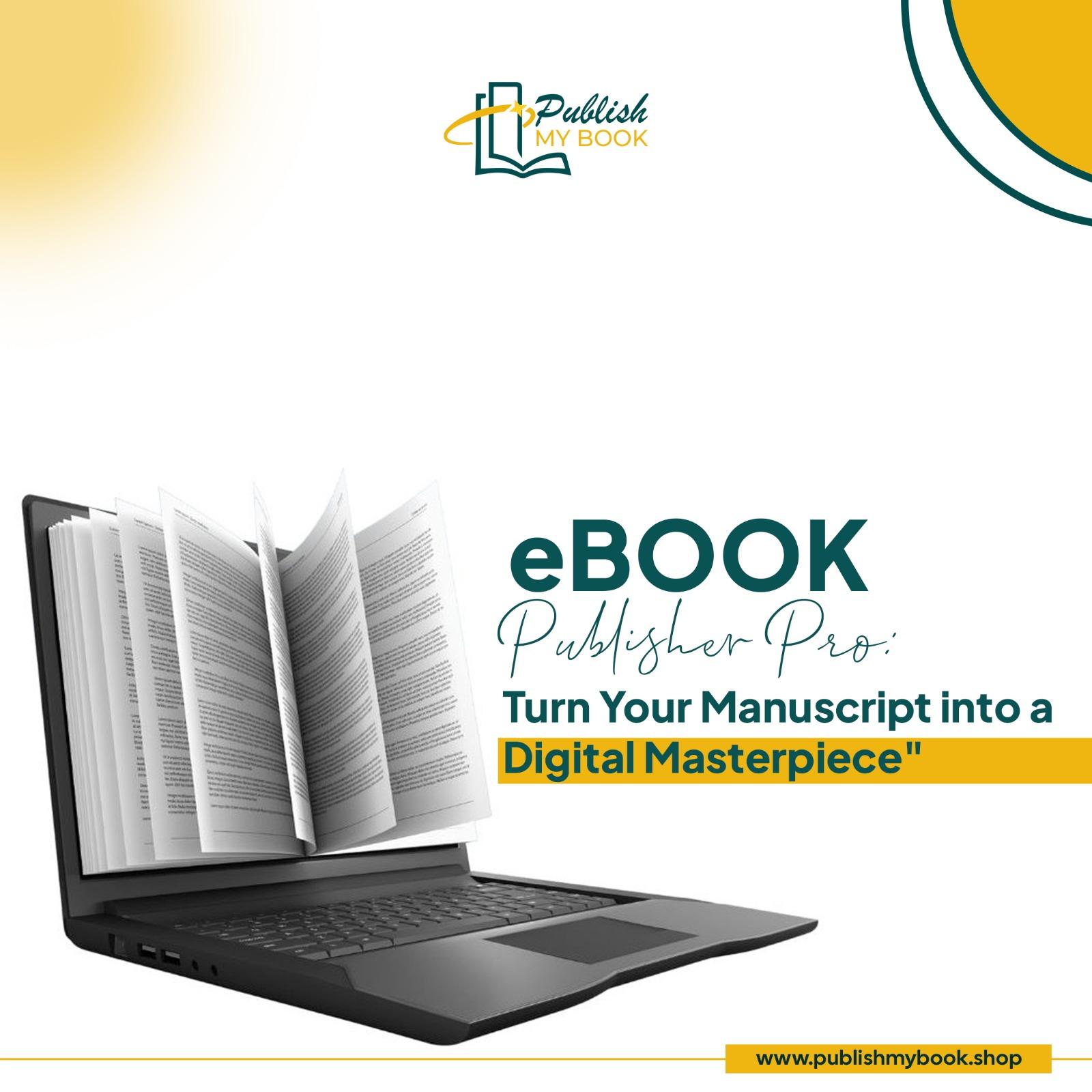Book illustration is a powerful visual storytelling tool that enhances the reading experience by turning words into vivid images. Whether in a whimsical children’s book, a detailed textbook, or a gripping graphic novel, illustrations help readers connect with the content, understand complex ideas, and engage emotionally with the story.
At its core, Book Illustration is about visual communication. While authors express ideas through words, illustrators use art to amplify the message, mood, and meaning. A single illustration can evoke feelings, create atmosphere, and reveal character traits—all without a single word. In many genres, especially children’s literature, illustrations are not optional—they’re essential.
Children’s books are the most popular example of how illustration and storytelling work hand in hand. Young readers often rely on pictures to comprehend the narrative, especially if they are just learning to read. Bright, expressive illustrations can keep children engaged, reinforce the storyline, and even teach new concepts like colors, numbers, or emotions. In many cases, kids remember the images in a book just as vividly as the words.
But book illustration isn’t limited to children’s stories. Nonfiction books—such as cookbooks, science guides, or historical accounts—also benefit from diagrams, sketches, and visual examples. These illustrations clarify information, making complex subjects more accessible and enjoyable for readers. Graphic novels and comics, meanwhile, use sequential illustrations to drive the entire narrative.
There are several types of book illustration styles, including:
-
Hand-drawn: Traditional pen-and-ink or watercolor styles that give a classic or artistic look.
-
Digital illustration: Created using software like Adobe Illustrator or Procreate, offering clean, scalable, and modern designs.
-
Mixed media: A combination of traditional and digital techniques, often producing rich and textured visuals.
-
Vector or cartoon style: Common in educational or humorous books, especially for younger audiences.
When creating or choosing illustrations for a book, it’s crucial to maintain consistency. Characters should look the same throughout the story, and the color palette and style should align with the tone of the text. This visual cohesion strengthens the book’s branding and enhances the reader’s experience.
Authors who self-publish often hire freelance illustrators or collaborate with design studios to bring their stories to life. Platforms like Reedsy, Fiverr, and Behance make it easy to find skilled illustrators with experience in specific genres. Clear communication is essential—authors should provide a detailed brief, including character descriptions, key scenes, and emotional tone, to ensure the illustrations match their vision.
In the case of traditional publishing, the publisher often assigns an illustrator, especially for children’s books. In this model, the illustrator and author may not even communicate directly, as the publisher manages the collaboration to maintain professional quality and deadlines.
In conclusion, book illustration is more than just decoration—it’s a dynamic part of storytelling. A well-illustrated book captures attention, adds emotional depth, and leaves a lasting impression. Whether you’re an author planning your next book or a reader looking to appreciate the art behind the story, book illustration deserves a place at the heart of every great publication.



